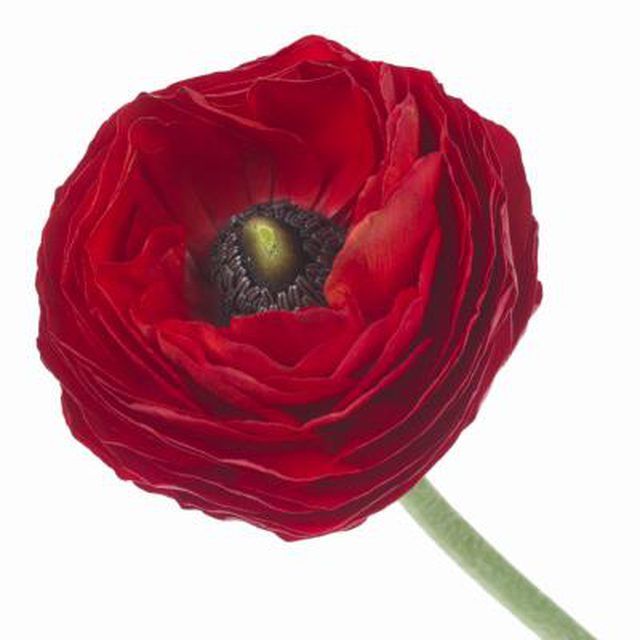Bulbs
Flower Basics
Flower Beds & Specialty Gardens
Flower Garden
Garden Furniture
Garden Gnomes
Garden Seeds
Garden Sheds
Garden Statues
Garden Tools & Supplies
Gardening Basics
Green & Organic
Groundcovers & Vines
Growing Annuals
Growing Basil
Growing Beans
Growing Berries
Growing Blueberries
Growing Cactus
Growing Corn
Growing Cotton
Growing Edibles
Growing Flowers
Growing Garlic
Growing Grapes
Growing Grass
Growing Herbs
Growing Jasmine
Growing Mint
Growing Mushrooms
Orchids
Growing Peanuts
Growing Perennials
Growing Plants
Growing Rosemary
Growing Roses
Growing Strawberries
Growing Sunflowers
Growing Thyme
Growing Tomatoes
Growing Tulips
Growing Vegetables
Herb Basics
Herb Garden
Indoor Growing
Landscaping Basics
Landscaping Patios
Landscaping Plants
Landscaping Shrubs
Landscaping Trees
Landscaping Walks & Pathways
Lawn Basics
Lawn Maintenance
Lawn Mowers
Lawn Ornaments
Lawn Planting
Lawn Tools
Outdoor Growing
Overall Landscape Planning
Pests, Weeds & Problems
Plant Basics
Rock Garden
Rose Garden
Shrubs
Soil
Specialty Gardens
Trees
Vegetable Garden
Yard Maintenance
How to Extend the Ranunculus Blooming Season
How to Extend the Ranunculus Blooming Season. Ranunculus is a large family of annual, perennial and biennial flowering plants grown from small round underground corms or tubers. The most common ranunculus under cultivation in gardens and in the cut flower trade is the Asiaticus or Persian ranunculus species. It blooms in the spring and during cool...

Ranunculus is a large family of annual, perennial and biennial flowering plants grown from small round underground corms or tubers. The most common ranunculus under cultivation in gardens and in the cut flower trade is the Asiaticus or Persian ranunculus species. It blooms in the spring and during cool summers, in a wide range of bright colors atop long, slim and velvety, bright green stems and fine, fern-like foliage. The flower heads have densely layered, overlapping and concentric petals that are each tissue thin and slightly curved much like a camellia.
Things You'll Need
Water
Secateurs
Liquid fertilizer for flowering plants
Organic mulch
Water carefully and lightly to prevent root and stem rot. Keep the soil lightly moist at all times, but not consistently soaking wet. Allow the top inch of soil to dry out before watering again.
Deadhead the blooms as they fade by cutting the stem off at the crown of the plant amongst the foliage, and discarding it. Harvesting of fresh blooms and deadheading spent flowers send the message to the tuber to send up more blooms.
Provide shade cover from the afternoon sun and heat, which will shorten the bloom period as ranunculus do not enjoy the heat. Plant in an area with good, fresh airflow to help with a cooling effect.
Feed your ranunculus plants lightly each week with a high phosphorous, complete liquid fertilizer for flowering plants with a guaranteed analysis of 10-15-10. Dilute with cool water according to the label directions, and apply to the root area of the plant and not overhead, which can cause rot issues.
Mulch around the base of your ranunculus plants with an inch or two of shredded bark or cocoa bean hulls to keep the roots cool and enrich the soil.